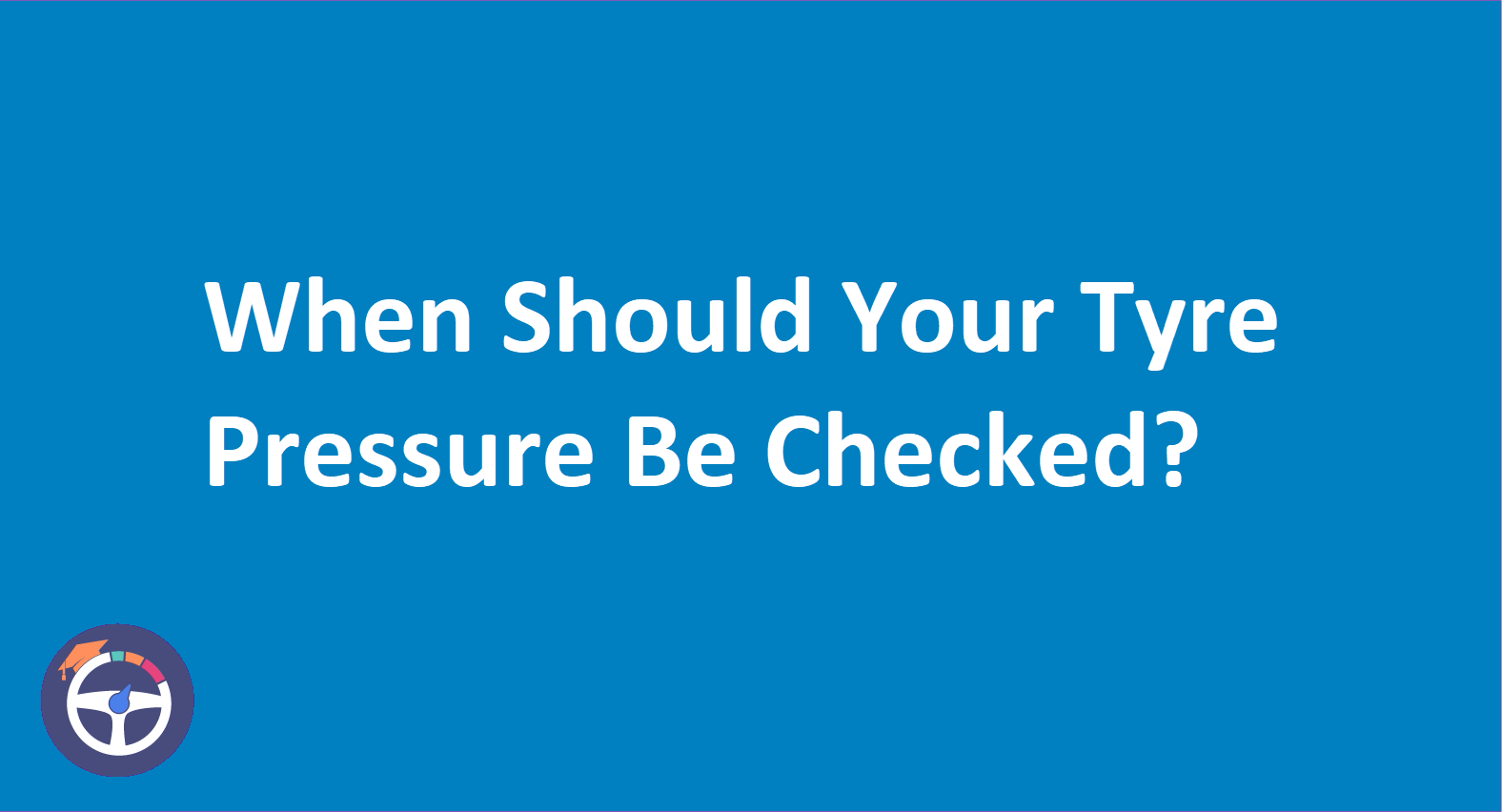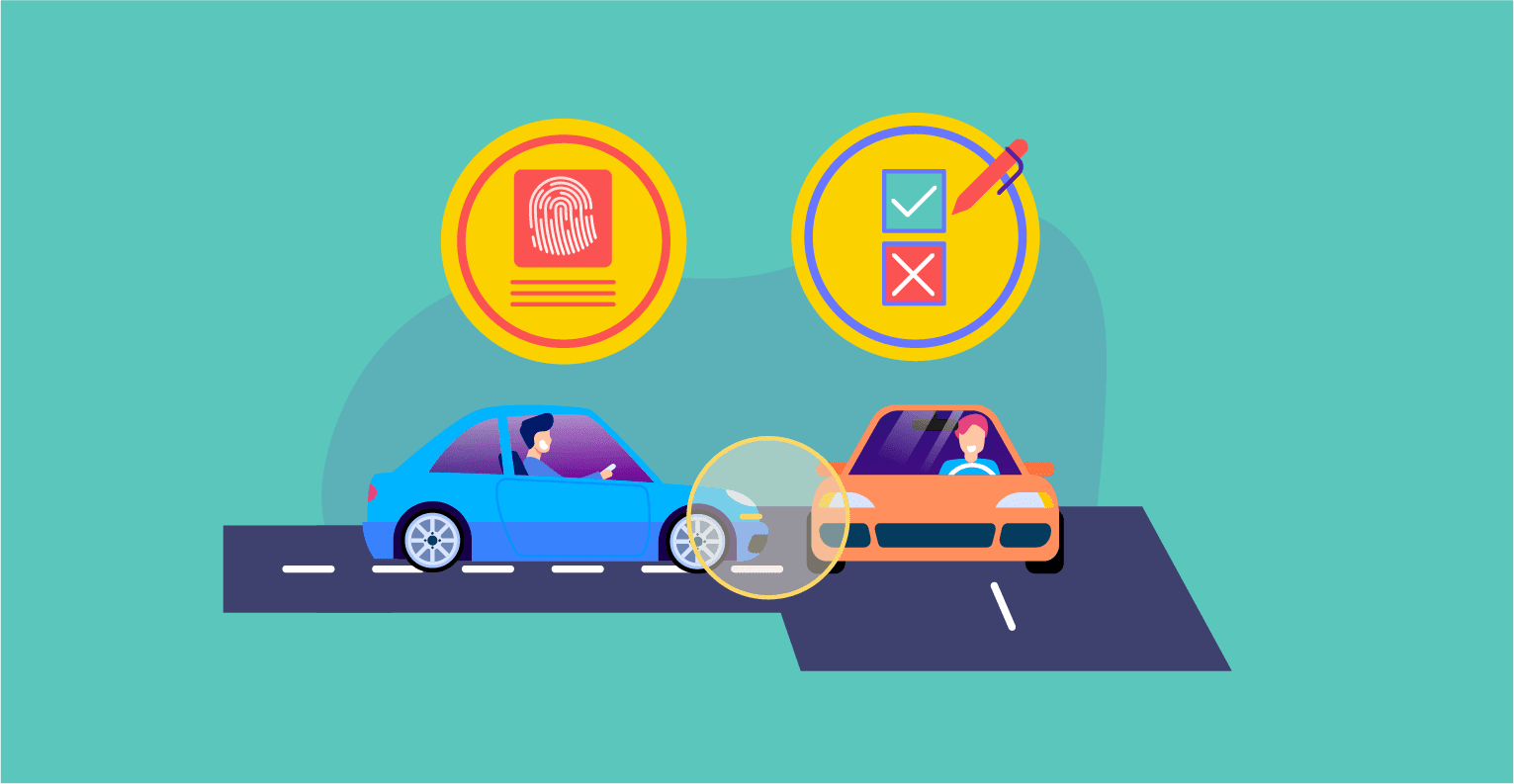How to Pass the Hazard Perception Test
By Zainab on Mar 08, 2020A Hazard Perception Test consists of 14 videos with a length of 1 minute approximately for each video. The general accidents and circumstances happen in our daily routine. We need to observe them and react accordingly. The test consists of 50 questions that have two portions of it:
✓Multiple choices
✓Hazard Perception Test
As the driving test depends on the rules of driving and the road signs. Furthermore, from 50 questions the 14 videos are of Hazard Perception test. Before you start the test you should realize what the Hazard Perception Test is? What are the rules for passing the Hazard Perception Test? And how does the Hazard Perception Test work?
There are 13 common types of hazards that you need to look out while driving your vehicle on the road.
The 13 common types are:
✓Zebra Crossings and traffic controllers
✓Pedestrians, children, and young adults
✓Elderly and vulnerable people
✓Adults
✓Cyclists and motorcyclists
✓Horse riders
✓Vehicles moving off or pulling up
✓Vehicles meeting
✓Vehicles emerging
✓Vehicles turning left or right
✓Vehicles rehearsing and u-turns
✓Larger vehicles
✓Flashing lights
You need to keep in mind the following Hazards that are important and can be part of your test.
Motorway Hazards:
Without passing the driving test, a learner is not able to drive on the motorway as they never had a drive on the motorway so they won't have any idea of motorway hazards. New drivers although they have little experience in driving they need to know all the rules for driving on the motorway. Furthermore, with rules, they should know the hazards and the solutions to those hazards too. To help the beginners learn the basic of driving that include motorway driving you to need to look out for the following:
✓Cars breaking down on the carriageway.
✓To reach an exit the cars coming from other lanes and so become a hazard.
✓Do not prefer overtaking into slow-moving traffic.
✓Cars joining the motorway. Will their speed become a hazard?
✓Emergency vehicles.
✓Stationary traffic.
Roads Near Schools:
It's sure that the hazard perception test will definitely involve a hazard by a school, to highlight safety for the children going to school by roads. You need to watch out for them that is why certain hazards include the following:
✓Children playing close to the street, particularly ball games.
✓Children running, as they might run instantly into the street.
✓Children crossing the street without looking.
✓Crossing patrols and different types of crossings. A lollipop woman may step into the road any warning.
✓Children cycling on pavements. May they swerve into the road?
✓Ice cream vans that kids may walk out from behind.
Residential Streets:
As the residential streets are full of potential hazards, they contain moving road traffic as well as pedestrians, cyclists and parked vehicles restricting views and movement. Look out for:
✓Cars pulling out of nowhere. Is there a person in a hurry to get into a parked vehicle? In that case, once in the vehicle, will they get away into your way without looking properly?
✓Children playing close to the street. Do children get concealed with parked cars? This is how an actual hazard is developed.
✓Vehicles pulling out of side roads, particularly those vehicles with limited views. In that case, a vehicle speeds towards a side street intersection, is the driver bound to rise up out of the intersection too rapidly that it becomes a hazard?
✓Pedestrians going across the streets. A person walking and running at the same time hoping to go across the road may face a challenge and become a hazard. Would you be able to see a pedestrian edging towards the road as they walk? Will they begin to cross without looking?
✓Cars stopping to get parked. Where there are barely any accessible parking spots, drivers may brake forcefully when they see a space.
✓Oncoming traffic isn't giving you any priority. An obstacle on the other side of the road limits traffic flow on-coming traffic they should give you preference and let you pass. But will they?
Country Roads Hazards:
If you are learning to drive and you are living in a city or a great town, it's obvious that you would never have a driving lesson on a rural road. And are unfamiliar with rural driving too, what if the test points out the situation that includes rural areas. However, the DVSA wanted to prepare you to drive both rural and urban roads. And for this you must watch out for the following:
✓The single-lane roads and what could be coming from the other side of the road?
✓Always treat slow-moving vehicles as a hazard just as tractors.
✓Animals, especially horses and riders, cows and sheep It is safe to say that they are in the street, and will they cause you to back off or stop?
✓Blind bends. The blocked view ahead could hide all kinds of hazards.
✓Objects in the road especially particularly fertilizer, mud, roughage and water, that may make a vehicle swerve.
✓People who are walking against the flow of traffic.
What to look out for:
You need to be attentive while giving the test. Realize that the dangers that will happen as you're taking part in the test can and will comprise of any ordinary events on the road. These include but are not limited to –pedestrians going across the road, youngsters or animals, autos at intersections as you approach, vehicles before you demonstrating to turn left or right, cyclists moving out of cycle paths into traffic paths, bigger vehicles (lorries/transports) taking up more space, individuals stacking/emptying vehicles on the roads, cruisers zigzagging all around traffic up ahead, etc.
A good example is that in case you're on a double carriageway, and a football is not really kicked into the street by a kid, while in case you're on a private road this may occur. The tip is to search for potential hazards that are bound to happen in the condition that you're in. Remembering this will assist you in picking the correct hazard to choose. This is not to fail you rather they're just indicating you the common everyday dangers that happen in some random condition.
Conclusion:
Hazard perception test is not that difficult to pass the duration of the test is about one hour and all you have to do is to indicate the hazards that you have observed in your routine life, etc. You can practice these tests online as well. Hopefully, these easy guidelines would help you pass the test and get the full UK driving license for sure.


